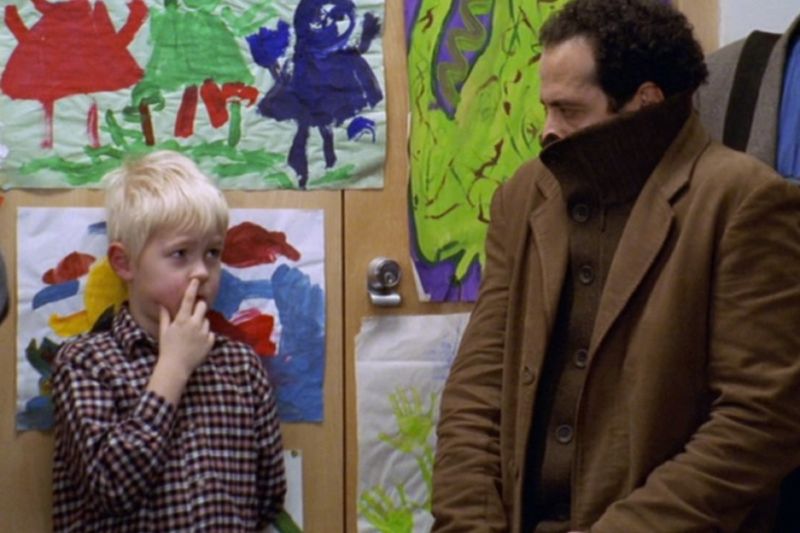Study finds that the popular rubber hand illusion could be used to treat OCD

Enlarge / Fictional detective Adrian Monk (Tony Shalhoub) famously suffered from OCD, with a powerful germ phobia, among many others. Perhaps "multi sensory stimulation therapy" would have helped. (credit: USA Network)
Chances are good that you've seen entertaining footage of the so-called "rubber hand illusion," where someone becomes convinced that a fake rubber hand is actually their own. It's more than a clever party trick, however. Not only does the illusion shed light on how the brain "maps" our physical bodies, it could also prove to be an effective treatment for patients suffering from obsessive compulsive disorder (OCD), according to a recent paper published in Frontiers in Neuroscience.
German philosopher Martin Heidegger introduced the notion of "ready-to-hand" in the 1930s to describe how the body can incorporate our most familiar functional tools into its concept of the self, much like a blind person who regularly uses a cane to navigate his or her surroundings. As far as the brain is concerned, the cane becomes an extension of the physical body.
Studies have shown a similar effect when we regularly use a computer mouse. It might even be true of our avatars in virtual space. Virtual reality guru Jaron Lanier introduced the concept of "homuncular flexibility" in the 1980s to describe how the brain could become unable to distinguish between our real and virtual bodies over time. If something bad happens to you in the virtual world, the same neural circuitry is activated that would be engaged if it happened to you in the "real" world.
Read 12 remaining paragraphs | Comments